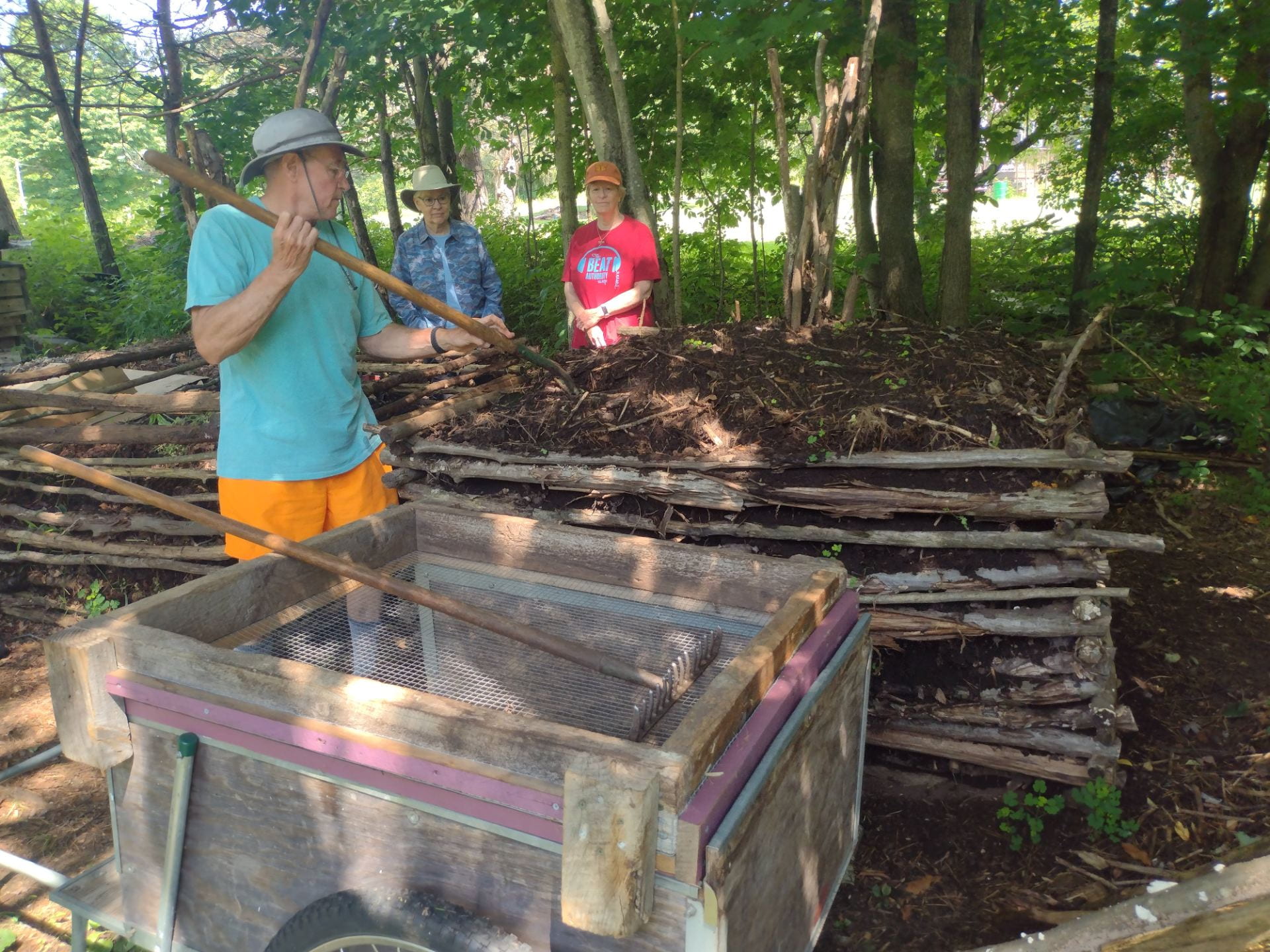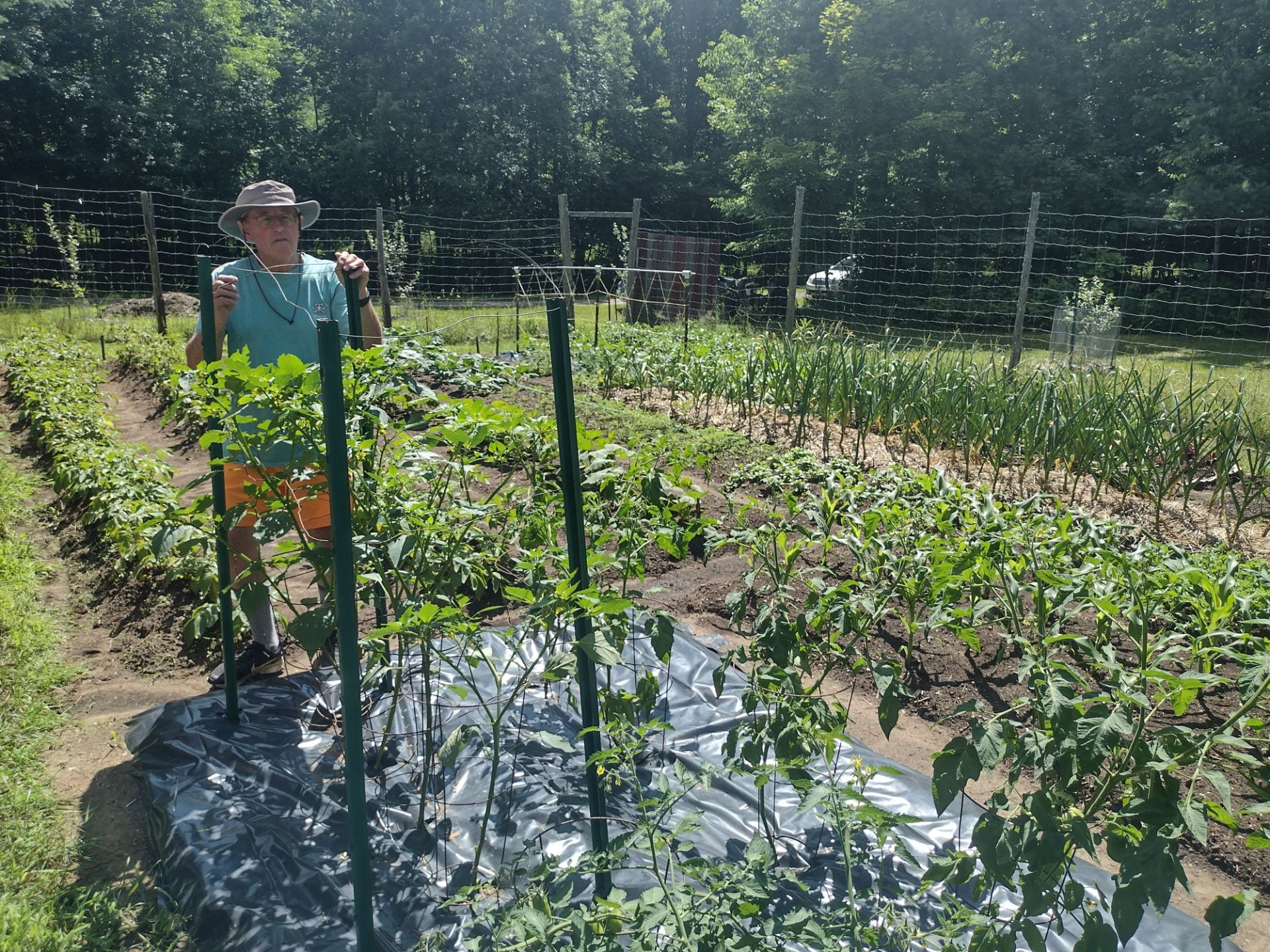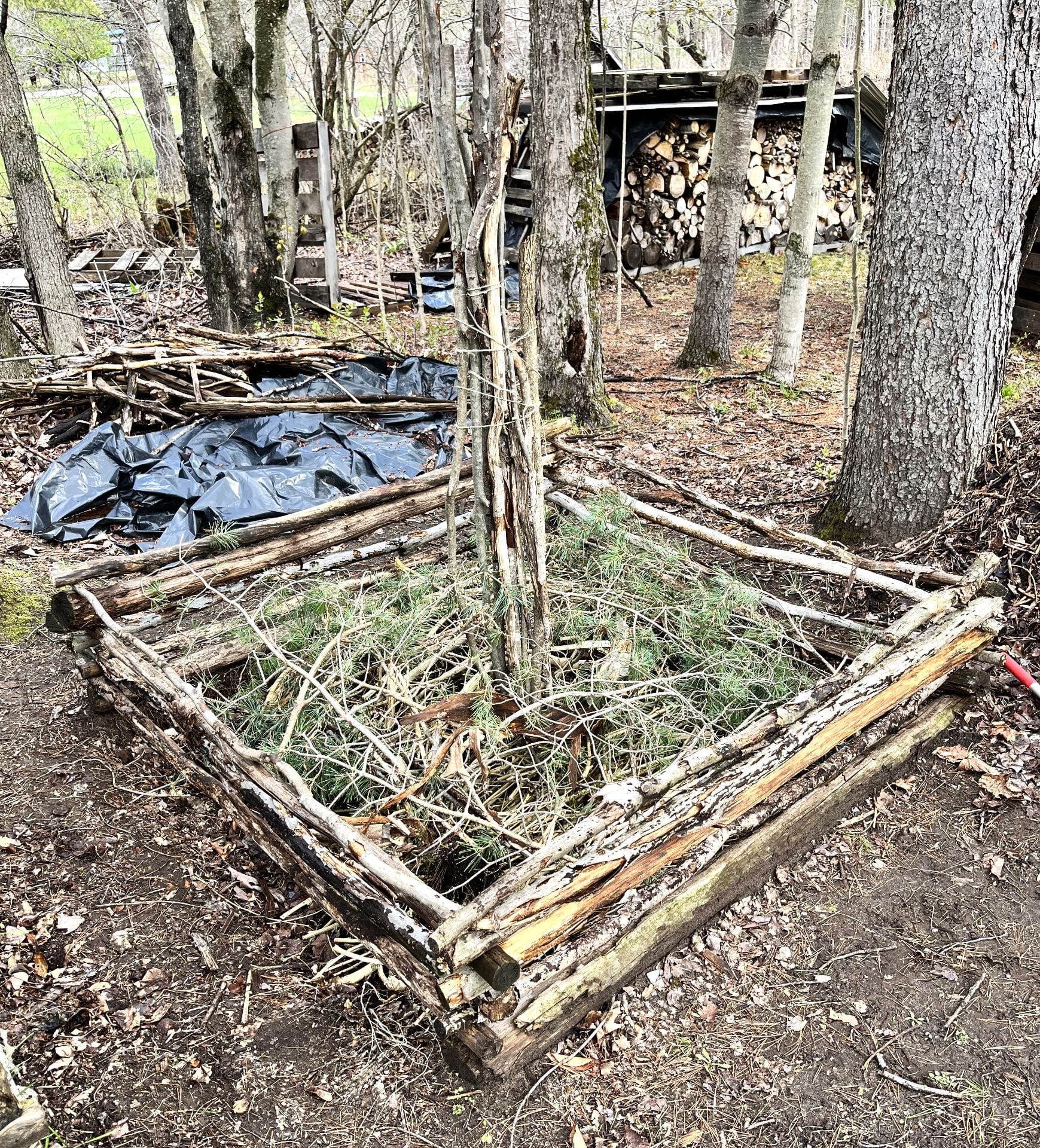Can you remember the moment you decided to become a gardener, or when you realized you had become one?
When I was a young kid in the Texas panhandle my parents bought an extra strip of land beside the house we built for a garden. My Mom was the gardener and my dad did the rototilling; pretty traditional, but it was the 1950’s. Later we moved to Gunnison, Colorado where there had been a frost recorded on every day of the year, so as you can imagine gardening was difficult there, but my Mom did it. Seeing her perseverance over the years even in unpredictable conditions was motivating. I later decided I wanted to become a homesteader.
What tool can’t you do without in the garden / what is a garden invention or plant variety you wish would be developed?
When I first started gardening I bought tools from a company called “Smith and Hawkens”. They imported forged tools from England. I love them. I fork my entire 40’ by 60’ garden using the four-tine digging fork and their long-handle shovel is my favorite shovel.
What plant do you wish you’d never planted in your garden?
Tomatillos are a mixed bag as much of life is a mix of good and bad. I love serrano tomatillo salsa, but if you compost the fruits of the tomatillos you end up with baby tomatillo plants everywhere, coming up like a carpet covering the garden beds. On the plus side, the plants add organic matter to the compost.



